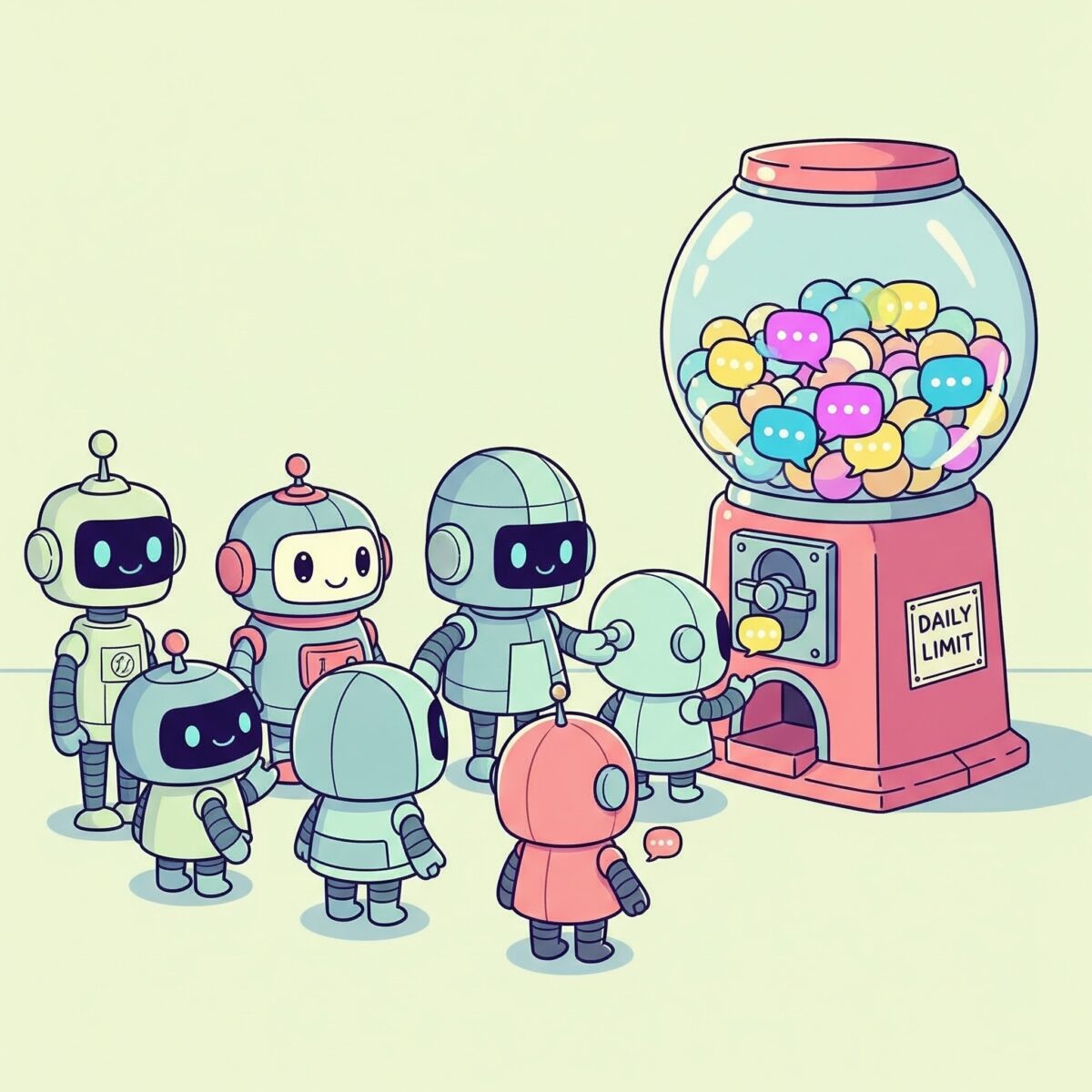Tag: AI
-

Beyond the Noise: The Security Shift That Matters More Than Your SIEM
“We’re drowning in alerts, but I’m still worried the real threat is slipping through.” This common CISO complaint isn’t a data problem—it’s a clarity problem. It’s time for a new cybersecurity strategy focused on synthesis, intelligence, and automation instead of noise…
-

ChatGPT User Limits for Plus, Team, and Enterprise Users (2025 Guide)
A clear guide to ChatGPT User Limits in 2025 — including GPT-5, GPT-4 family, o3/o4-mini, and more. Learn the exact message caps for Plus, Team, and Enterprise plans, how resets work, and practical tips to avoid hitting limits.
-
Celebrating 5 Years at Microsoft: Reflections on Innovation, Culture, and Strategic Impact
Today marks a significant milestone in my career – 5 impactful years at Microsoft. Reflecting on this strategic journey, I’m filled with gratitude for the growth opportunities, the relentless pace of innovation, and the truly unique sense of community. As I look back, several core lessons and experiences stand out: 1. An Empowering Culture as…
-
Singapur Digital: Servierroboter, Laborfleisch und Smart City – Neue Folge von “Die Digitalisierung und Wir”
In der neuesten Folge von Die Digitalisierung und Wir haben wir uns ein ganz besonderes Thema vorgenommen: Singapur! Florian war vor Kurzem in der Stadt, die als eines der globalen Zentren für Technologie und Innovation gilt, und teilt seine Eindrücke und Erfahrungen mit uns. In diesem Beitrag erfahrt ihr, wie sich die Digitalisierung in Singapur…
